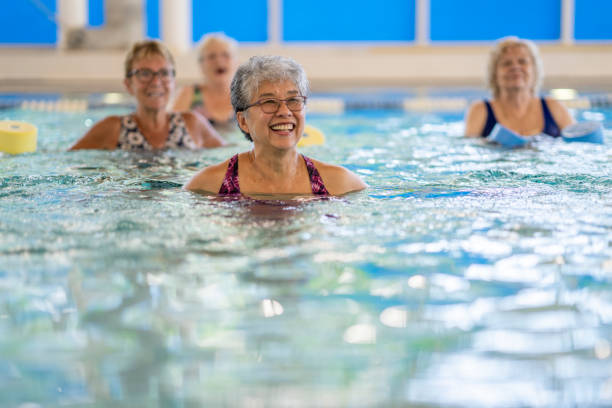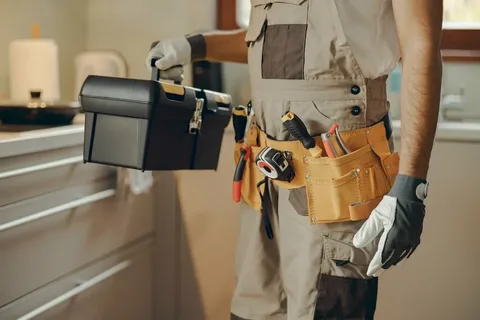How Adult Swimming Lessons Can Help You Master Breathing Techniques

Breathing seems simple on land. Yet water changes the rules fast. Your face is in the pool, and timing matters. Because of that, strong breathing skills are the basis of every stroke. With coaching and practice, you can learn calm, steady breaths that power each lap. You also protect your energy and avoid panic. In this friendly guide, we’ll unpack the science and the steps. We’ll share drills, fixes, and progress tips you can use today. If you are searching for adult swimming lessons Los Angeles CA, you will see how focused training turns air into fuel. Let’s breathe better, swim easier, and feel proud in the water.
Breathing Comes First in the Pool — adult swimming lessons Los Angeles CA
Breathing drives your body like gas drives a car. Without a plan, you tire early and feel tense. With a plan, you stay smooth and safe. In the first classes after the intro, great coaches teach rhythm before speed. They also match breath timing to body roll. Because water is dense, you must manage air on purpose. Therefore, you exhale underwater and inhale at the surface. You then return to a steady kick. Early sessions in adult swimming lessons focus on these patterns. Coaches show where to look, when to turn, and how to relax the neck. Soon, you feel control, not fear, each time you breathe.
How Your Body Uses Air in Water
Air helps your muscles burn fuel. It also calms your nerves. When you hold your breath, carbon dioxide builds up. Then your brain shouts, “Breathe now!” That alarm can feel like panic. However, steady exhalation lowers that pressure. Because CO₂ drops, your next inhale feels easy. Your chest opens, and your heart rate slows. Moreover, relaxed breathing helps you float higher. That lift makes each stroke cost less energy.
“Slow, steady exhales tell your body, ‘You’re safe in the water.’”
“When the breath is calm, the stroke becomes simple.”
So, train the breath first. You will feel the rest of your swim become smoother and more fun.
Step-by-Step Basics: Inhale Here, Exhale There
Breathing gets easier when you break it into clear parts. Practice these pieces on the wall, then in short laps.
- Nose Exhale Underwater
Exhale through your nose in a gentle stream. This prevents water from entering. It also keeps your face relaxed.
- Mouth Inhale to the Side
Turn your head in line with your body, not against it. Keep one goggle in the water. Then, sip air through your mouth quickly and lightly.
- Body Roll Rhythm
Roll from the hips and core. As you roll, your mouth finds air. Then you return to a flat line and keep kicking.
The steps are straightforward, allowing you to repeat them automatically. Over time, they build a consistent loop that benefits all four strokes. Coaches in adult swimming lessons Los Angeles CA, cue each step until your body remembers it.
Drills That Train Calm, Efficient Breathing
You build skills with short, focused drills. Each drill has a job. The goal is relaxed timing without strain.
Breathing Drill Guide
| Drill Name | Purpose | How to Do It |
|---|---|---|
| Sink Downs | Reduce breath holding | Exhale underwater; let yourself sink; surface and inhale |
| Side Kick with Snork | Lock in body line | Kick on side; use snorkel; feel hips high and head still |
| 3-1-3 Drill | Smooth rotation timing | Three strokes, breathe, one stroke, breathe, repeat |
| Bubble, Bubble, Breathe | Set rhythm | Exhale “bubbles” twice, then inhale on the third stroke |
| Catch-Up Breathing | Balance stroke and air | Hands meet in front; breathe every two or three strokes |
Start with 25 yards. Then rest. After that, repeat with focus. Because drills are short, your brain can learn fast and stay calm.
Common Errors and Simple Fixes
Mistakes are usual, and fixes are simple. Address them early to maintain strong gains. In adult swimming lessons Los Angeles CA, coaches spot these fast and adjust their plan.
Before the tips, pause, and scan this list for clarity:
- Lifting the head too high
- Fix: Roll with the body and keep one goggle in.
- Holding breath underwater
- Fix: Trickle exhale through the nose the whole time.
- Breathing late in the stroke
- Fix: Start your turn as the pulling hand passes the shoulder.
- Rushing the inhale
- Fix: Sip air quickly, then return your face to the water.
- Tight neck and shoulders
- Fix: Shrug once, relax, and feel the water support you.
Because you fix small things early, your stroke stays efficient. You also avoid bad habits that drain energy.
Build Stamina Safely with Short Sets
Endurance grows from clear sets, not long struggles. Start with short repetitions and even rest periods. Then add distance bit by bit. You can use a simple ladder: 25, 50, 75, and 100 yards. Rest as needed. However, keep your breath calm. If form fades, stop and reset.
“Perfect practice builds perfect habits.”
“Breathe well now, and speed will follow.”
You might plan two breath counts: one every two strokes for warm-up, and then one every three strokes for practice. This method builds balance and control. In adult swimming lessons Los Angeles CA, coaches use progress charts. They track repeats, time, and perceived effort. Because you see progress, you stay motivated and steady.
Safety, Confidence: The Everyday Payoff
Better breathing pays you back in daily ways. It lowers fear and lifts fun. It also protects your energy and joints. Additionally, it makes open water and pool time safer.
Before we dive into the points, take a breath and read with ease:
- To stay calm when water splashes your face.
- You hold form when the lane gets busy.
- Recover faster between sets and laps.
- You enjoy longer swims with less gasping.
- Handle light waves during travel or open water.
For local guidance, swimming lessons in Los Angeles CA offer community options and varied pool schedules. Since support is nearby, you can maintain a steady routine. Then your confidence grows week after week.
Evidence You Can Trust: Why These Methods Work
Research shows paced breathing supports endurance sports. Controlled exhales help remove carbon dioxide. Then your next inhale feels deeper, not rushed. Moreover, body roll aligns the mouth with the air. That alignment reduces drag and neck strain. Coaches teach these principles across strokes. Freestyle and backstroke use steady rhythms. Breaststroke and butterfly use timed breaths on lifts. Therefore, the same ideas guide every style. You can test them in the shallow end first. After that, try easy laps at a slow pace. Track heart rate and rest time. When your breath is smooth, your numbers improve. So, skill beats force. With patience and practice, your swim feels strong and straightforward.
What would your next strong breath make possible?
Picture your first lap that feels light and calm. You tuck the chin, exhale bubbles, and roll for a quick sip. Your body stays long, and your kick stays steady. You finish the wall with energy to spare. Then you repeat it, and again. Change begins with a focused drill and a clear direction. A calm lane and a skilled, patient coach help you build that rhythm. For reliable guidance and a team you can trust, BLAST Swim Team is here to support your progress.


